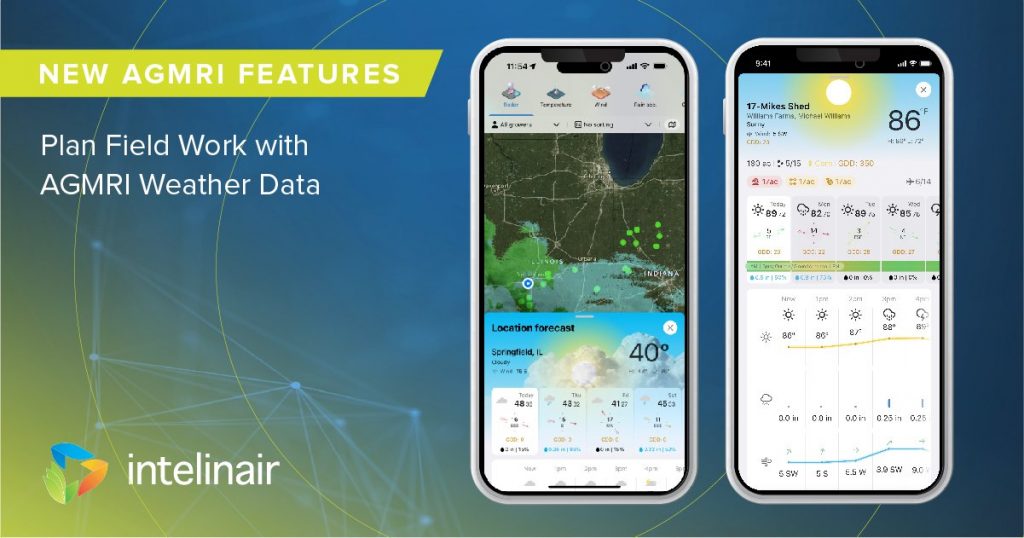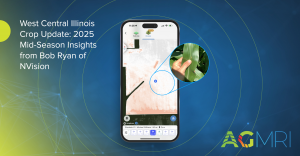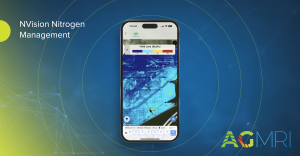What will the weather be today? Didn’t catch the latest weather forecast? As farmers, crop advisors, and field scouts, many of our decisions are influenced by the weather. Fortunately, AGMRI can give you the weather tools you need to take action. The updated iPhone app features weather that allows users to observe weather conditions at a hyper-local field level all the way to regional views.
AGMRI Weather Key Features
The tool includes several new features:
-
Daily and Hourly Wind, Precipitation, and Temperature (Next 12 Hours)
-
Wind Speed and Spray Outlook
-
Ground Workability Estimation
-
Daily and Estimated Weekly GDD Accumulation
-
Rainfall Accumulation – last 24-48 hour and seasonal

Taking a country drive to check crop conditions is beneficial but can be time consuming.
Consider using AGMRI weather information when faced with these decisions:
-
After a rain event, prioritize where to send sprayers or other equipment
-
View weather trends for fields in different counties or further away
-
Check the estimated GDD and crop growth stage to see fields that may be ready for different spray passes (see figure below)
-
Compare seasonal rainfall of fields to see how it has affected crop growth
-
After powerful storms, check fields for storm damage

The chart above shows the number of fields for each crop at each growth stage.
Increase visibility of the many farm operation variables through the AGMRI app – a one-stop shop for a complete view of operation and field level information. Contact AGMRI to schedule a demo today and see how the app can increase efficiency on your operation.















